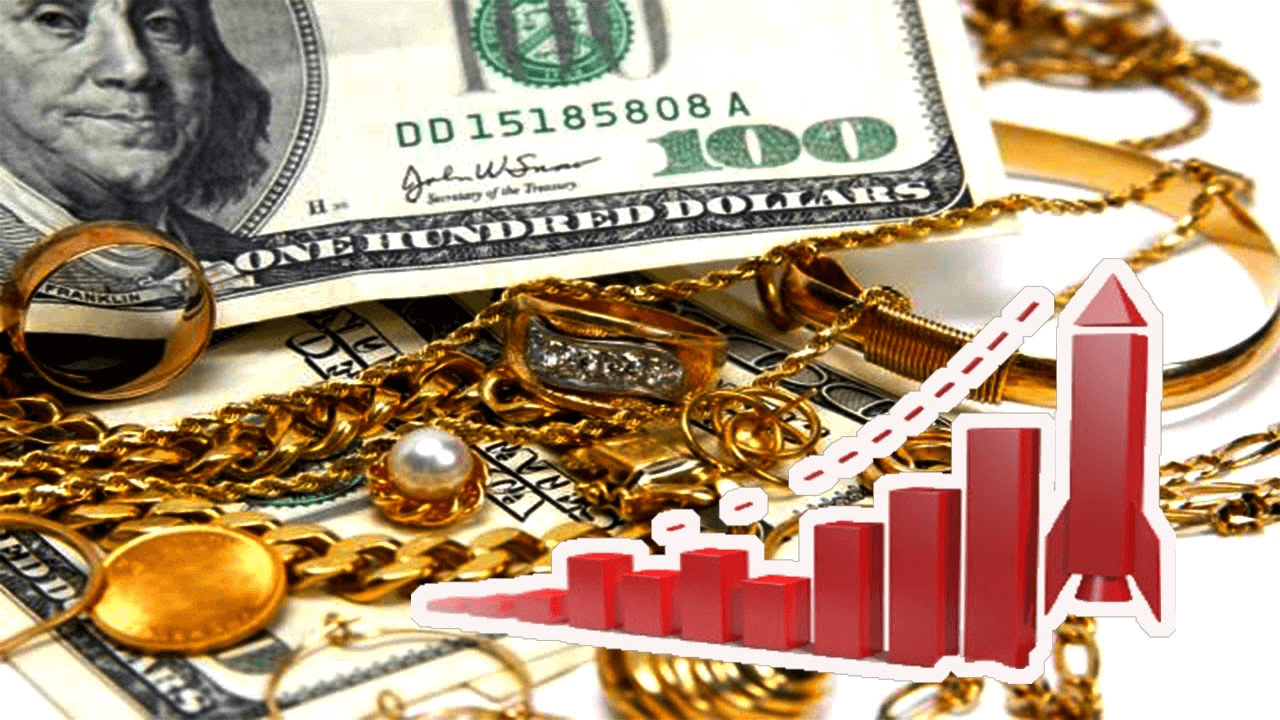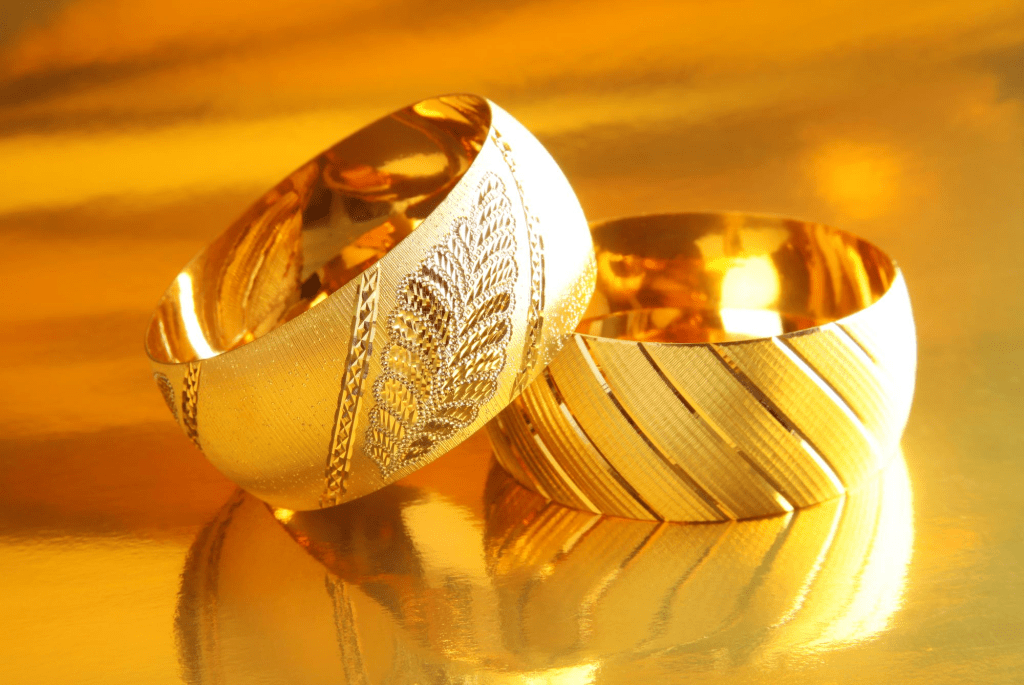
How Pawn Shops Price Items
Introduction
Ever wondered how pawn shops come up with the price tags on their items? It’s a question that has intrigued many, yet the process often remains shrouded in mystery. From vintage watches to diamond rings, every item on display comes with a price, but how is that price determined?
Factors Affecting Pricing
Condition of the Item
One of the primary factors influencing the price of an item in a pawn shop is its condition. Just like any buyer, pawnbrokers assess the quality and functionality of an item before determining its value. A well-maintained item in pristine condition is likely to fetch a higher price compared to one that shows signs of wear and tear.
Demand and Market Trends
Supply and demand play a significant role in pricing decisions. Pawnbrokers keep a close eye on market trends and consumer preferences. Items that are currently in high demand or trending in the market are likely to command a higher price. Conversely, items that have fallen out of favor may be priced lower to attract buyers.
Authenticity and Provenance
Authenticity is non-negotiable in the world of pawnbroking. Pawnbrokers must verify the authenticity and provenance of an item before putting it up for sale. This involves conducting thorough research and, in some cases, seeking expert appraisal to confirm the item’s origin and history. Authenticity adds value to an item and can significantly impact its selling price.
Brand Reputation
Brand recognition can also influence pricing decisions. Items from well-known brands or designers often carry a premium due to their perceived value and quality. Pawnbrokers take brand reputation into account when pricing items, knowing that customers are willing to pay more for trusted names.
The Pricing Process
Initial Assessment
When a customer brings an item to a pawn shop, the first step is the initial assessment. Pawnbrokers examine the item closely, looking for any signs of damage or wear. They take note of the item’s features, including its make, model, and any distinguishing characteristics. This initial assessment provides the pawnbroker with a baseline understanding of the item’s condition and potential value.
Research and Appraisal
Once the initial assessment is complete, the pawnbroker conducts further research and appraisal to determine the item’s value accurately. This may involve consulting pricing guides, conducting online research, or seeking expert opinions. Pawnbrokers consider various factors during this process, including the item’s age, rarity, and market demand. Appraisal experts may be called in to provide a professional assessment, especially for high-value items such as fine jewelry or collectibles.
Negotiation
Finally, the pricing process culminates in negotiation between the pawnbroker and the customer. Both parties aim to reach a mutually agreeable price based on the item’s value and market conditions. Negotiation is an essential skill in the pawnbroking industry, requiring patience, tact gold buyers Melbourne, and a good understanding of market dynamics. Pawnbrokers strive to strike a balance between maximizing profit and offering fair prices to customers.
Examples and Case Studies
Jewelry
Jewelry is one of the most common items found in pawn shops, ranging from engagement rings to luxury watches. Pricing jewelry requires careful examination of factors such as metal purity, gemstone quality, and craftsmanship. High-quality pieces from reputable brands or designers command higher prices, while lesser-known or mass-produced items may be priced more affordably.
Electronics
Electronics are another popular category in pawn shops, including smartphones, laptops, and gaming consoles. Pricing electronics involves assessing their condition, functionality, and market demand. Pawnbrokers take into account factors such as age, brand reputation, and technological specifications when determining the value of electronic items.
Antiques
Antiques hold a special allure for collectors and enthusiasts, making them sought-after items in pawn shops. Pricing antiques requires specialized knowledge and expertise, as these items often have unique characteristics and historical significance. Pawnbrokers may consult appraisal experts or reference historical sales data to accurately price antique items.
Conclusion
In conclusion, the pricing process in pawn shops is a multifaceted endeavor that takes into account various factors such as item condition, market trends, authenticity, and brand reputation. By understanding these factors and the intricacies of the pricing process, customers can make informed decisions when buying or selling items at pawn shops. Whether you’re in the market for jewelry, electronics, or antiques, knowing how pawn shops price items can help you navigate the shopping experience with confidence. So next time you step into a pawn shop, remember that behind every price tag is a carefully calculated decision influenced by a myriad of factors.


